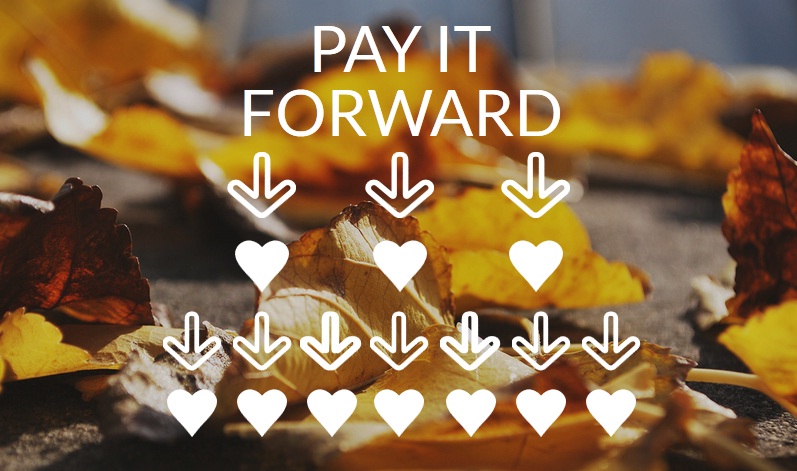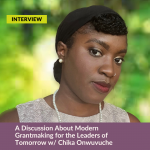One of my favorite books is “Pay It Forward” by Catherine Ryan Hyde which was then made into a movie starring Haley Joel Osment, Helen Hunt and Kevin Spacey. Unfortunately, as is so often the case, the movie did not do the book justice. But, what can you do…Hollywood!
The storyline is that the thirteen year old protagonist, Trevor McKinney, is given an assignment by his social studies teacher to devise and put into action a plan that will change the world for the better. His plan — called “Pay It Forward” — is based on the networking of good deeds. He does a significant favor for three people, and then asks each recipient of a favor to do an equally significant favor for three others rather than paying the favor back to the person that did it for them. This notion of “paying it forward” has become a well-known meme but it begs a question about the notions of “paying back” and “paying forward” that have really interesting implications for philanthropy.
Looking at patterns of giving, we see that some of the highest philanthropic giving goes to churches, alma maters, etc. People feel very connected to places that have helped shape their lives in some way and are thus compelled to support them when they have the means. This kind of giving, while important and meaningful, really is about “giving back.”
Now, think about how the concept of “paying it forward” plays out in philanthropy.
There is a point in the story where Trevor believes that his experiment is a failure because it doesn’t catch on the way he had hoped. But in the book, as in life, we see that while paying back can offer more immediate results (we have that more direct connect between the benefactor and the beneficiary), paying it forward takes much more time and much more faith that our act of kindness — or in the case of philanthropy and generosity — yields what we hope it will: someone whose life has changed in a way that compels and allows them to do the same for others.
This pay it forward model of philanthropy is really what the work of The Women’s Foundation is about. But it takes a leap of faith, which is hard to do. We already know that our churches and schools have helped us – we experience first-hand the impact on our own lives that these institutions have had. But how comfortable are we in making an investment in something that is often very much outside of our own experience, and/or will take time to yield dividends? Like the stock market, social change and pay it forward philanthropy is about the long-game. But also like the stock market, for those who are patient and willing to take some measure of “risk” by believing in the potential of something they have not yet seen come to pass or experienced, there is the opportunity to see incredible returns. It is clear that when you invest in the power and potential of people, the impact can be profound.
If you have any doubt about the power of “paying it forward,” just read Catherine Hyde Ryan’s book. And next time you think about your philanthropy, ask yourself – are you paying back, or can you be bold enough to also pay it forward?



